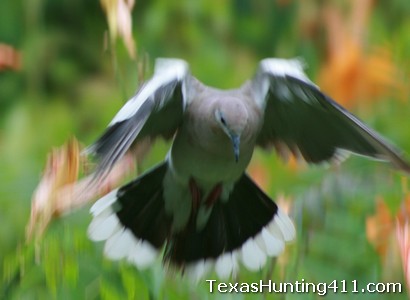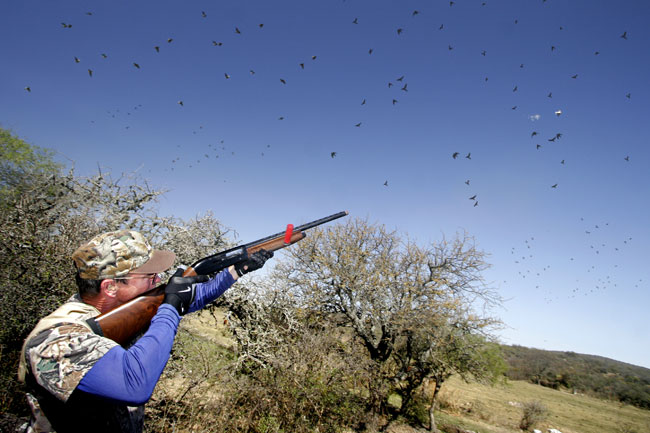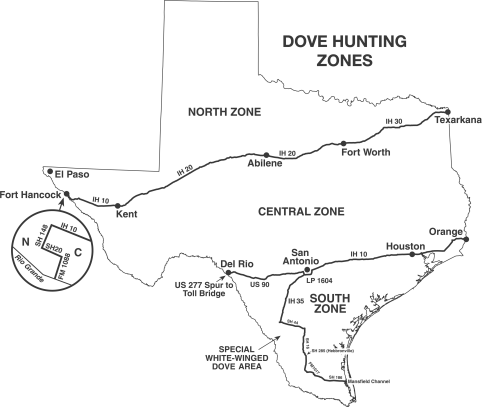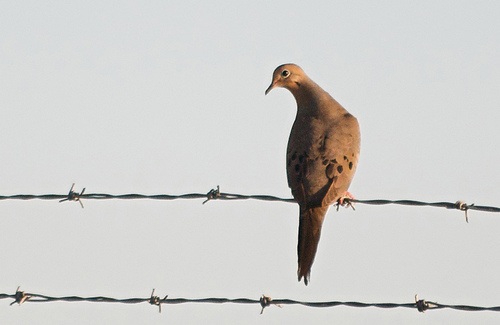Whitetail hunters that enjoy hunting at Granger Wildlife Management Area (WMA) will have a little something extra to look forward to this fall. Earlier this month, it was reported that Granger WMA will be holding some postcard drawings for Annual Public Hunting (APH) Permit holders for archery deer hunts. Here is the latest information I found posted on the web by the Granger WMA Area Manager, Trey Carpenter:
“Just a little heads up – We (TPWD) are planning on doing 2 postcard hunts for our doe harvest this year. You will find the details for the hunts in the front of the Annual Public Hunting (APH) Permit booklet when it comes out later this month. (BTW – the book will say there are 3 Postcard hunts — but that is incorrect. There was a scheduling conflict with the first drawn Archery Deer Either-Sex hunt so the third postcard hunt has been canceled). We are trying this because of high buck fawn harvest on our Gun Deer Management (GDM) hunts. We have never had a buck fawn mistakenly shot for a doe on an archery hunt.
The 2 post card hunts will be during the month of October (Oct 4-17 and Oct 18-31). Hunters will be allowed to harvest up to 3 does/spikes. Hunters will be assigned to 1 of 3 large compartments. These hunters will simply be APH permit hunters with a bag limit that includes does/spikes. No special access will be granted on these hunts.
There will be an orientation for the drawn postcard applicants on the first day of the hunt and the cost will be only that associated with purchase of the APH permit. We would really like to harvest a substantial number of does so please get the word out to all the meat hunters out there.”
Granger WMA is located near the town of Granger, Texas, in east Williamson County. The hunting area surrounds and includes Granger lake and has habitat that ranges from open grasslands to bottomland hardwoods. The WMA offers year-round hunting for feral hogs to APH permit holders and is open for dove hunting and duck hunting in the fall. Most of the deer hunting in the past has been through TPWD’s draw hunt system and this is the first year the WMA will draw APH permit holders for deer hunts.



